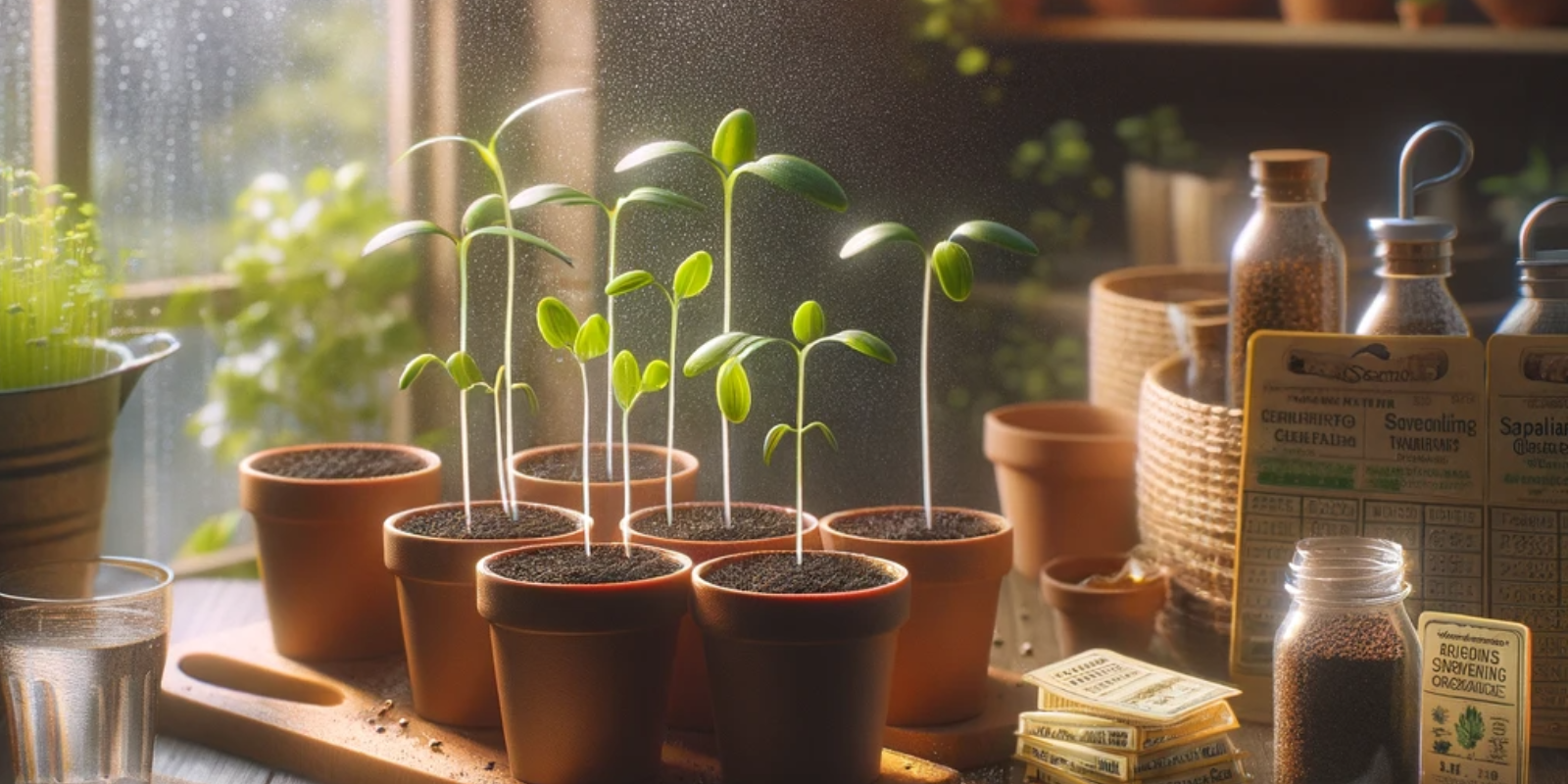
Spring is just around the corner, and there’s no better way to kick-start your gardening season than by starting seeds indoors. Whether you’re a seasoned gardener or just getting started, this guide will walk you through the process of indoor seed starting, tailored to the unique challenges of high-altitude gardening. From selecting the right seeds to transplanting your seedlings outdoors, you’ll be on your way to a vibrant spring garden in no time.
Selecting Seeds:
The first step in starting seeds indoors is choosing the right seeds for your garden. Consider plant varieties that thrive in cooler temperatures and shorter growing seasons, which are often characteristic of high-altitude regions. Hardy vegetables like broccoli, kale, and spinach are excellent choices. Additionally, you can select cold-tolerant flowers like pansies and snapdragons for added color to your garden.
Creating the Right Environment for Germination:
- Light: Adequate light is essential for seed germination. Place your seed trays near a south-facing window to provide natural sunlight. If you don’t have access to enough natural light, consider using fluorescent or LED grow lights to ensure your seedlings receive the necessary light.
- Soil: Use a high-quality seed-starting mix or potting soil that is well-draining and sterile. Fill seed trays or containers with the soil, leaving a little space at the top for seeds.
- Temperature: Maintain the appropriate temperature for germination, which typically ranges between 65-75°F (18-24°C). You can use a seedling heat mat to ensure consistent warmth.
The Process of Transplanting Seedlings Outdoors:
When the weather permits and your seedlings have grown large enough, it’s time to transplant them into your garden. Here’s how to do it:
- Harden Off: Before transplanting, gradually acclimate your seedlings to outdoor conditions by placing them outside for a few hours each day, increasing the time gradually. This process, known as hardening off, helps prevent transplant shock.
- Choose the Right Time: Wait until the danger of frost has passed and the soil temperature is suitable for your chosen plants. High-altitude areas may have a shorter growing season, so be mindful of the weather.
- Prepare the Soil: Prepare your garden bed by amending the soil with compost or organic matter to improve fertility and drainage.
- Transplant Carefully: Gently remove the seedlings from their containers, being careful not to damage the delicate roots. Dig holes in your garden bed at the appropriate spacing for each plant, and place the seedlings in the holes.
- Water and Mulch: Water your transplanted seedlings thoroughly and apply a layer of mulch to help retain moisture and regulate soil temperature.
Starting seeds indoors is an excellent way to get a head start on your spring garden, especially in high-altitude regions with challenging growing conditions. By selecting the right seeds, creating the optimal environment for germination, and following the transplanting process, you can ensure a vibrant and successful gardening season. So, roll up your sleeves, gather your seeds, and get ready to watch your high-altitude garden flourish with the arrival of spring. Happy gardening!
